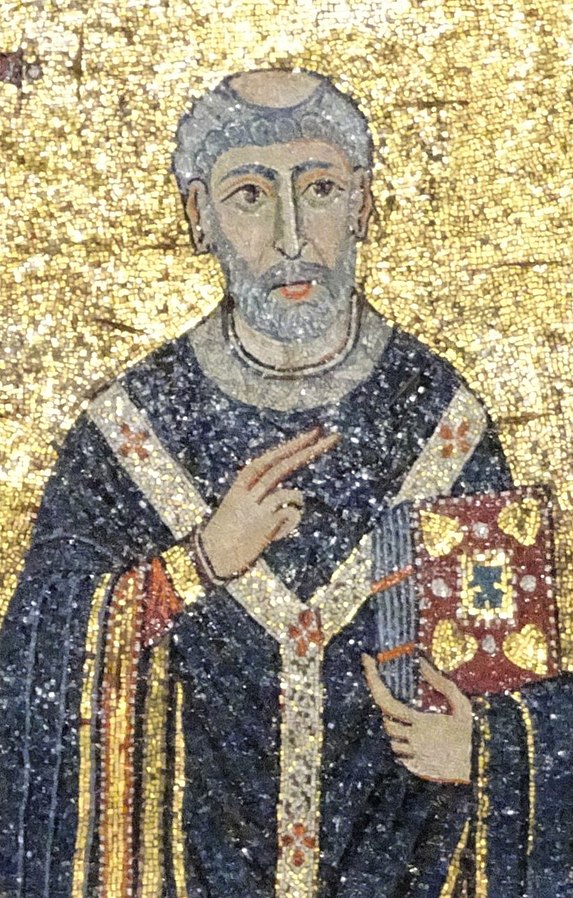This is the memorial of Saints Callixtus, (+222-223) (also spelled Callistus) a reformed slave who seems to have lived a rather dissolute and rebellious life in youth, with theft and street fighting as part of his résumé – or rap sheet, if you will. He was soon arrested – not for his violence, but for being a Christian, of all things – and sent to the mines of Sardinia, which was a near-certain death sentence. Providentially, and mercifully, he was released sometime before the turn of the century. In the midst of these labyrinthine ways, Callixtus had at some point reformed, and was ordained a deacon in 199, being put in charge of the cemetery on the Appian Way, the first plot of land officially owned by the Church, apparently. The catacombs there still go by his name.
His talent and energy recognized, he was two decades later, in 217, remarkably chosen as Pope, extending the mercy shown to him to others, allowing schismatics and others into the Church with what other thought too little penance. The rigorists demurred, Tertullian amongst them, and banded together to choose Hippolytus as anti-Pope (who also later was sent to Sardinia, repented and reconciled with the Church, and was also later canonized – his feast is on August 13th, with his fellow martyr Pontian).
Callixtus himself too died a martyr, according to the legend, by being cast into a well during an uprising.
There’s something about suffering, which, as Pope John Paul teaches in his profound letter on this theme, prompts an openness to God’s mercy and His salvific grace within the soul. All God needs is a movement of the heart towards Him, just a nudge; that is enough, to make the least likely candidate a saint, or two saints. Or myriads.
Saint Callixtus, ora pro nobis!

